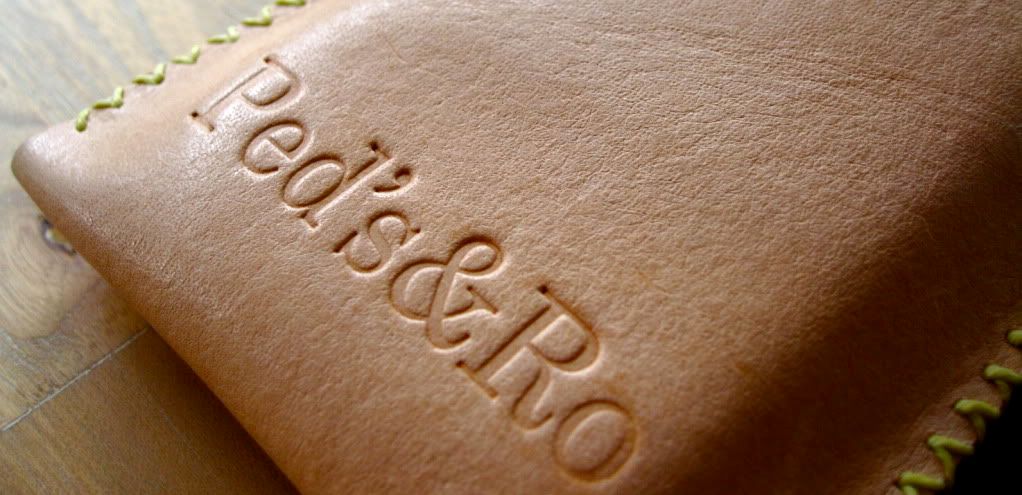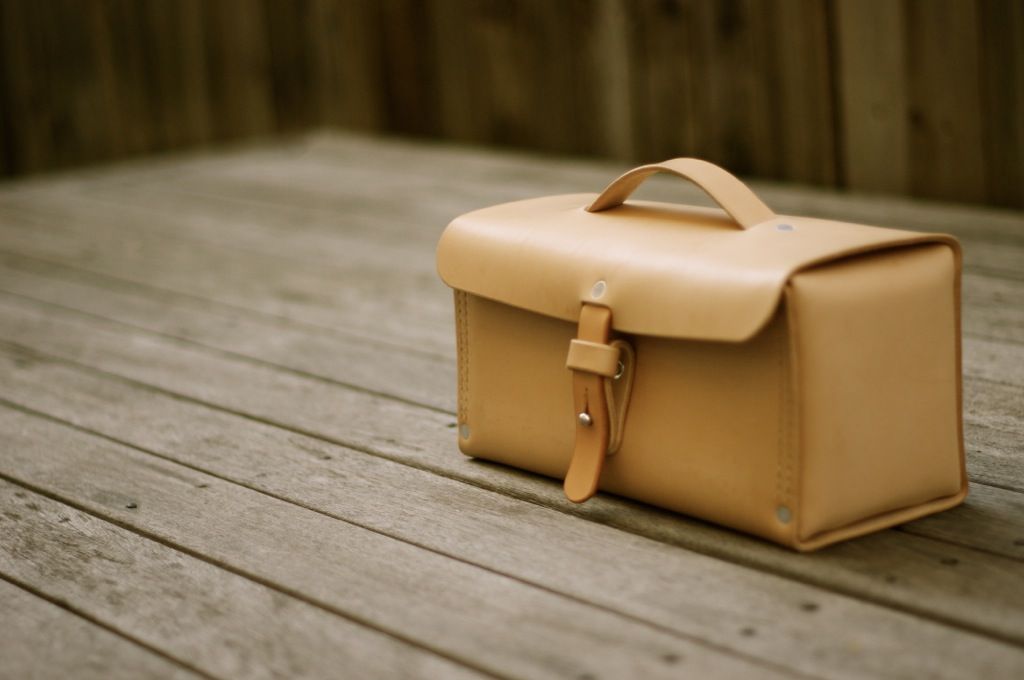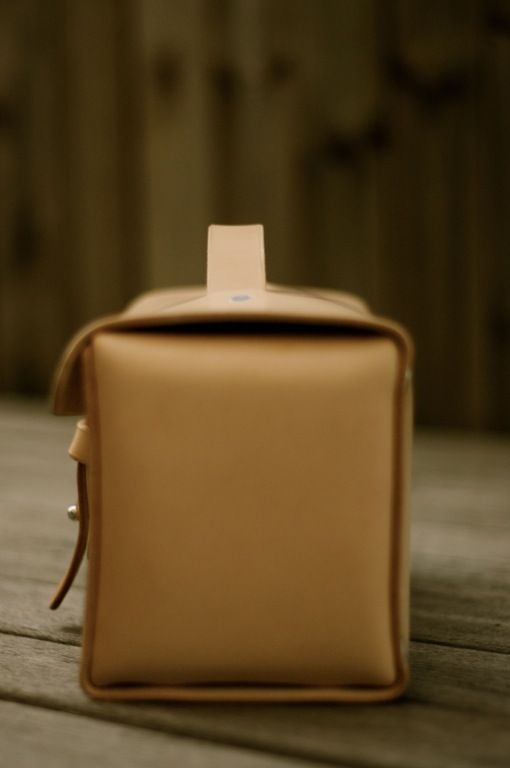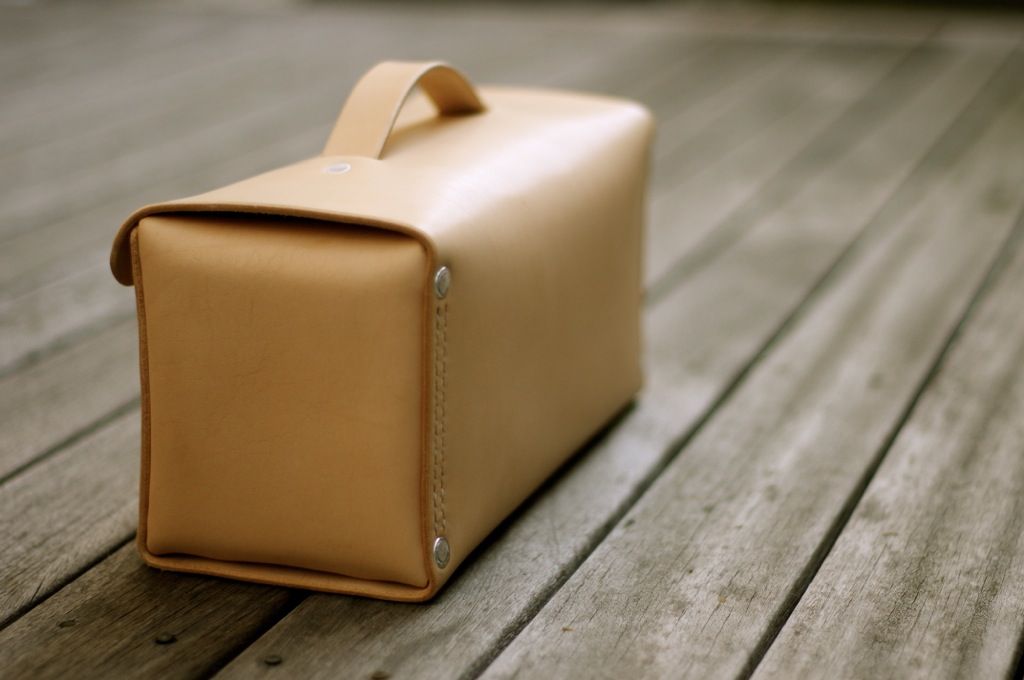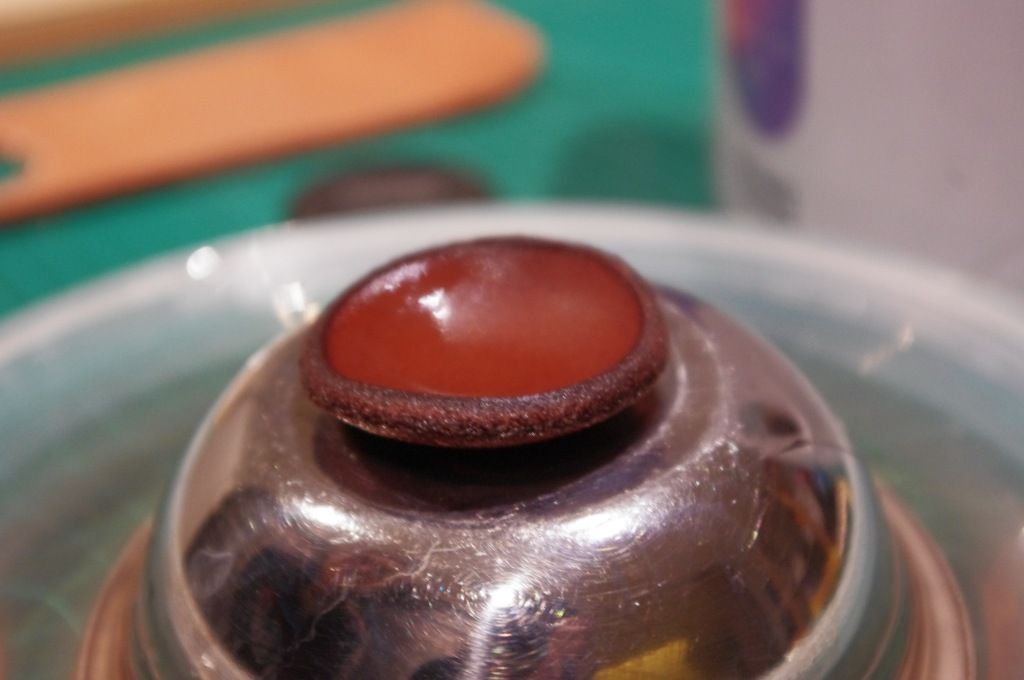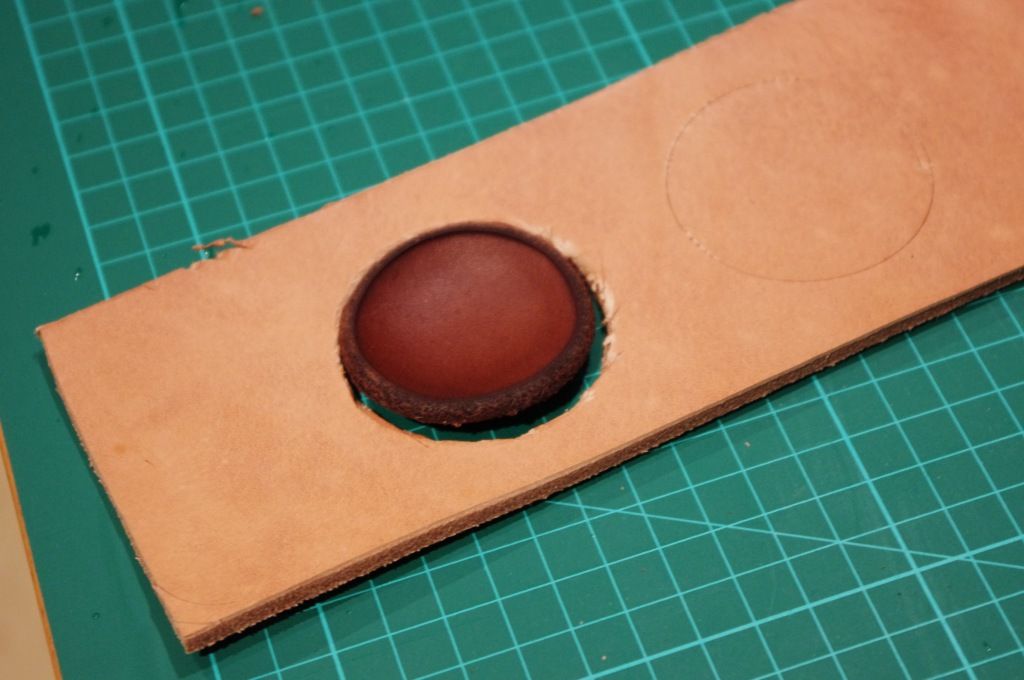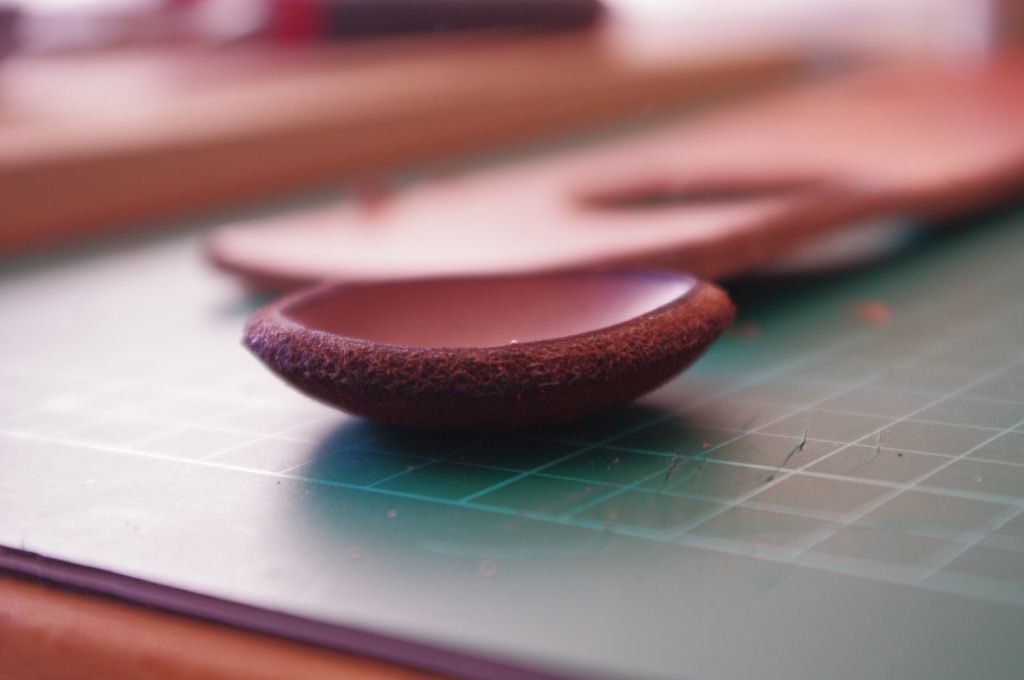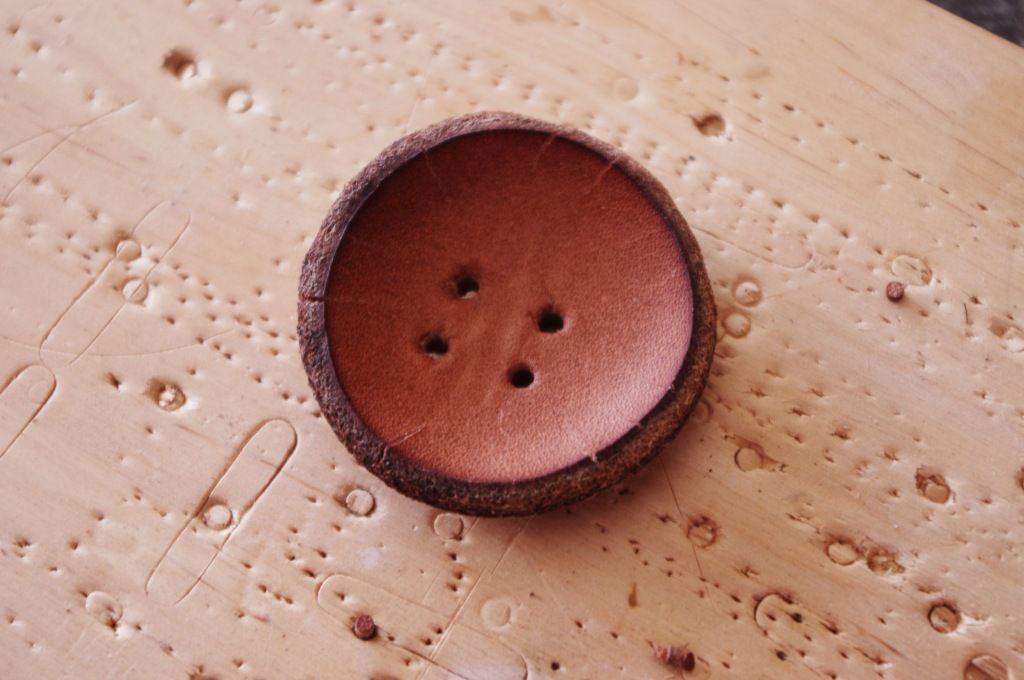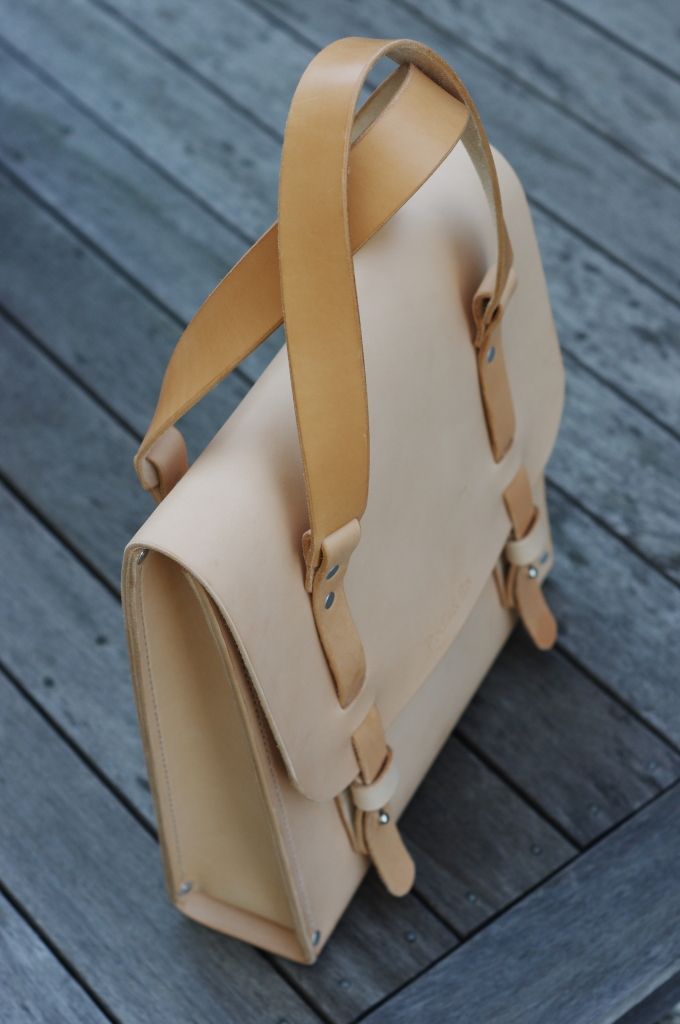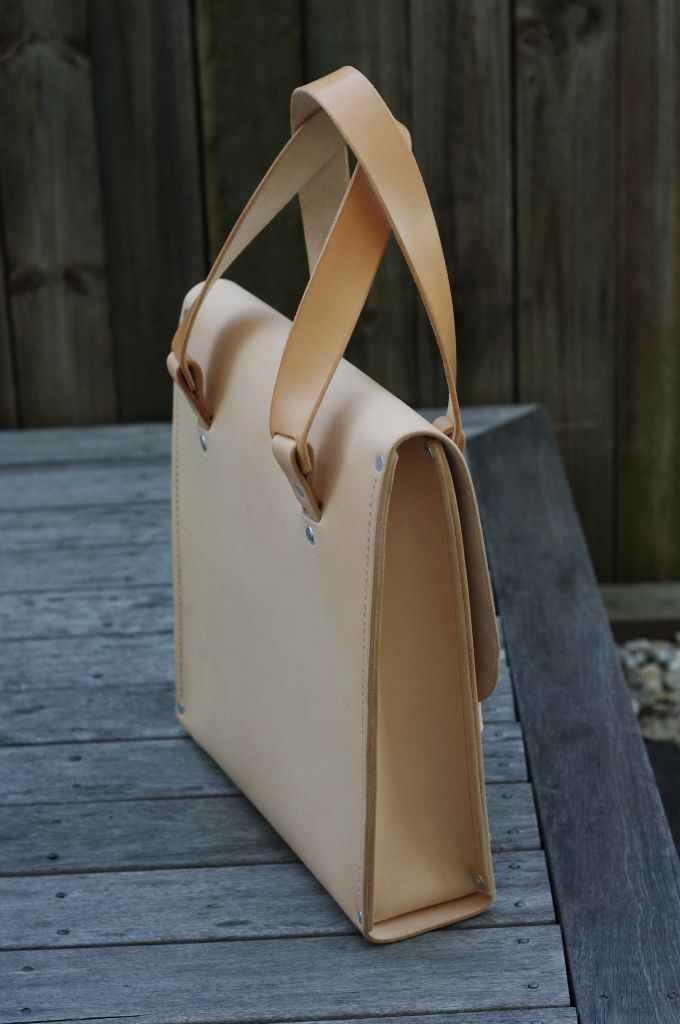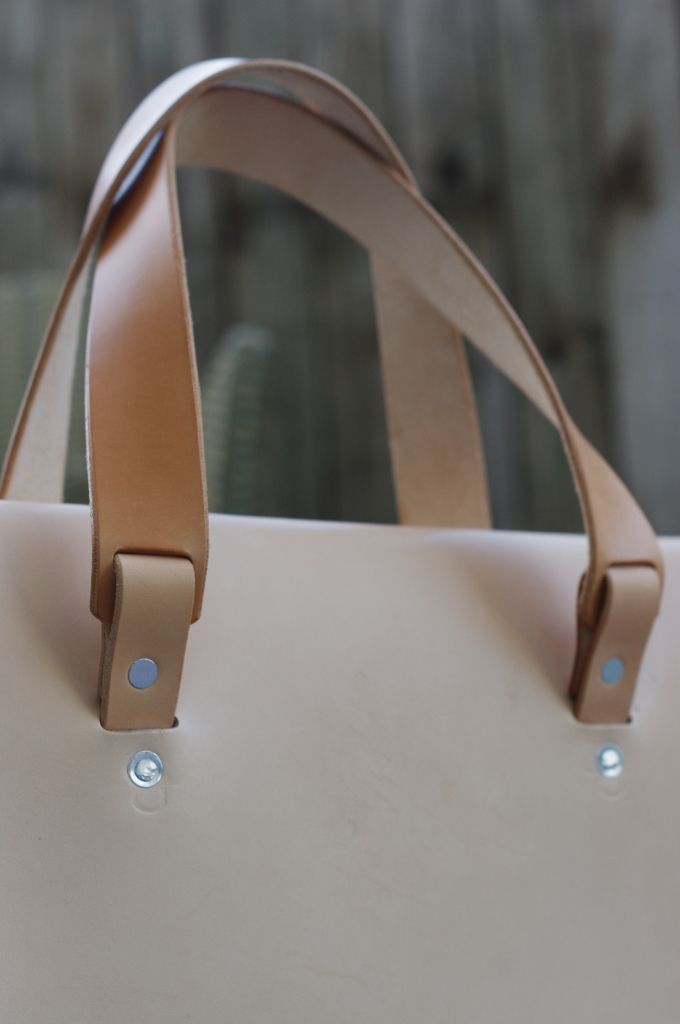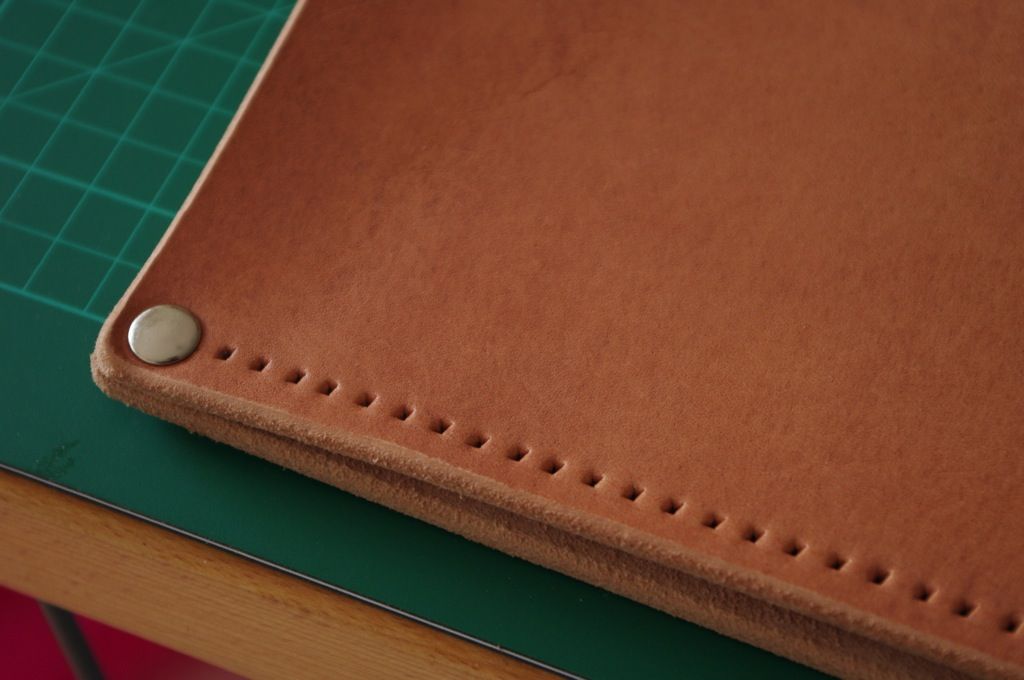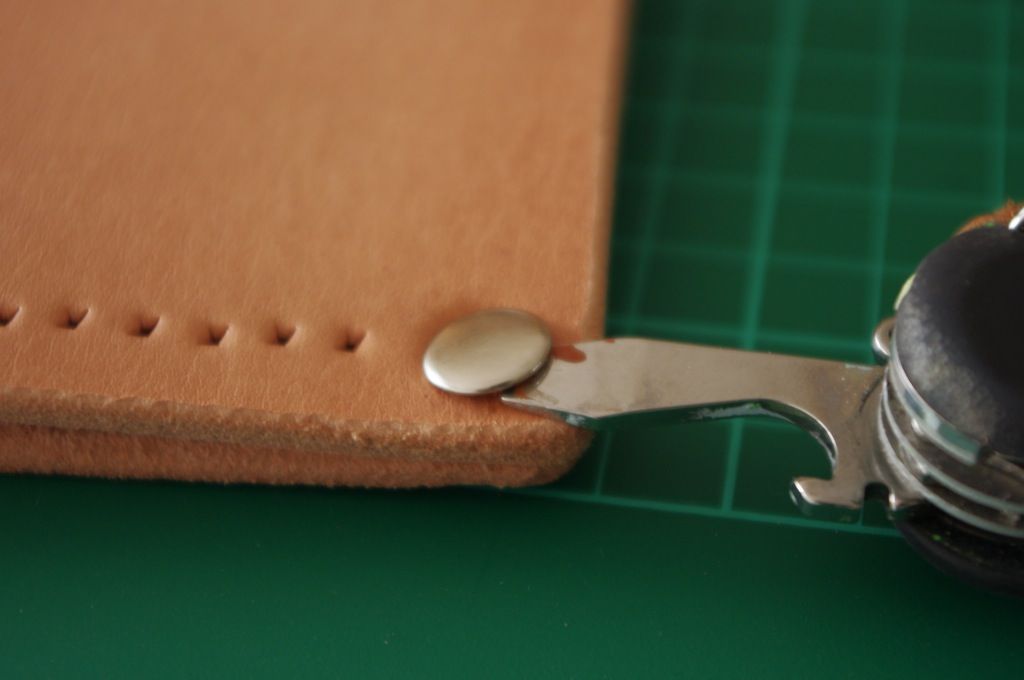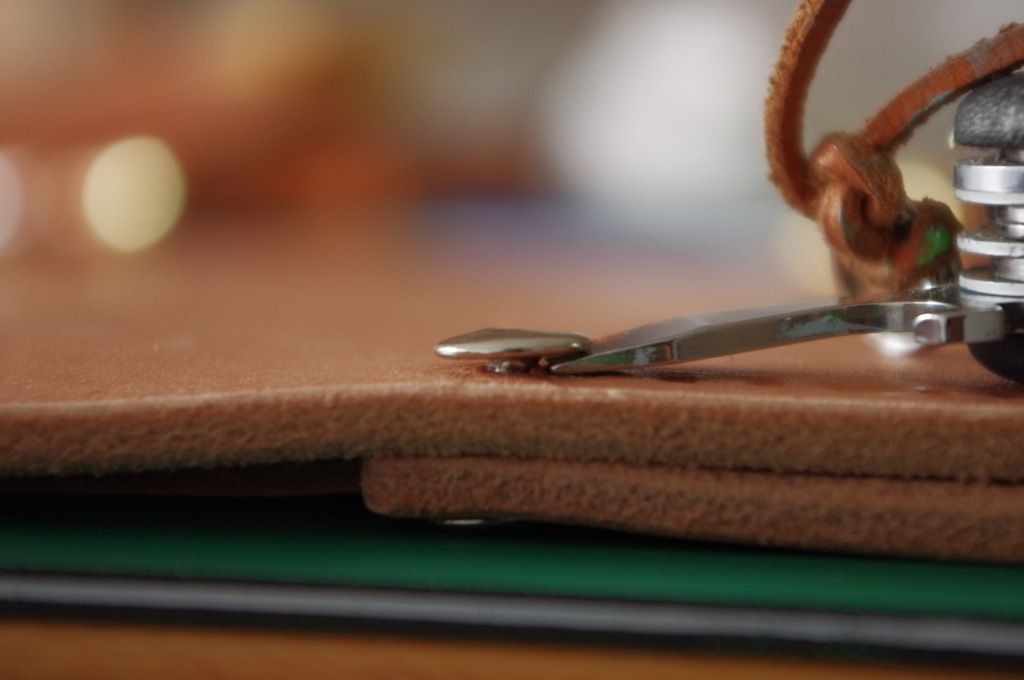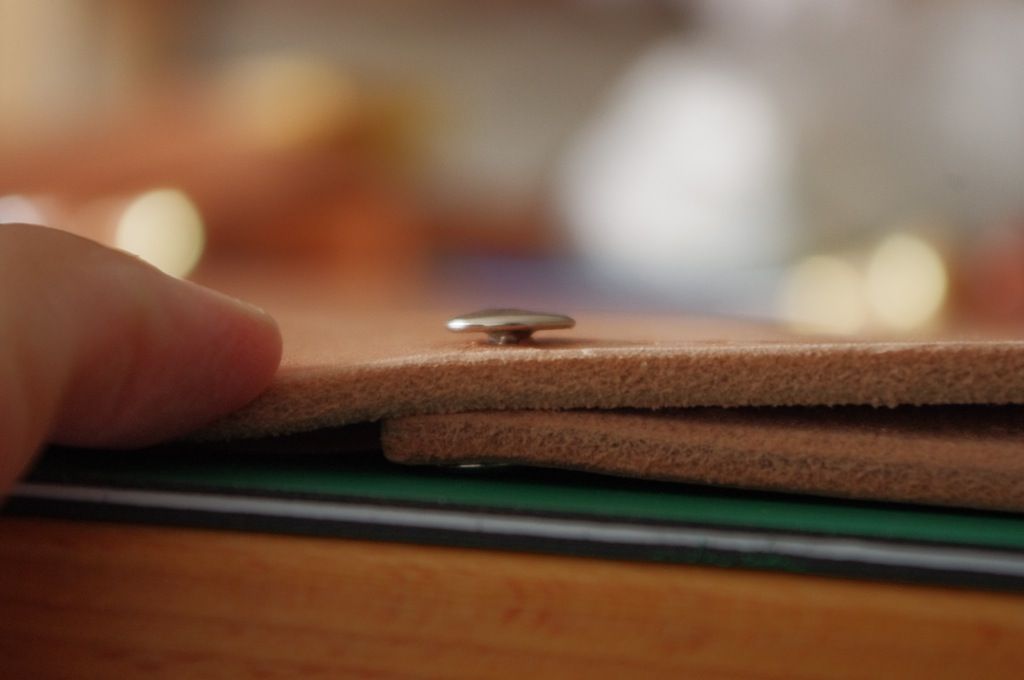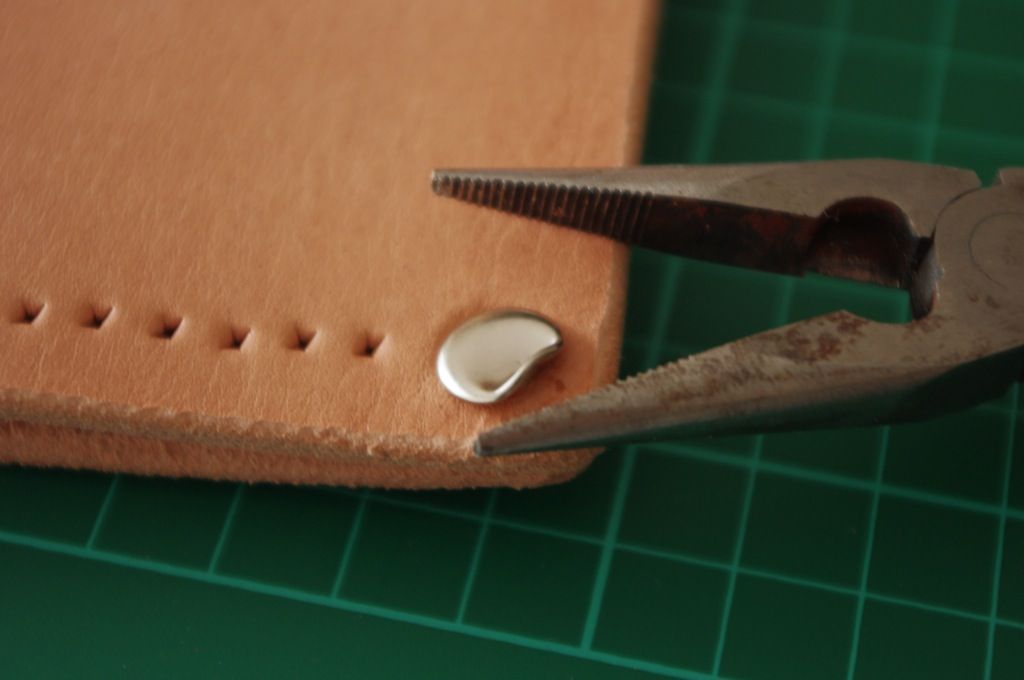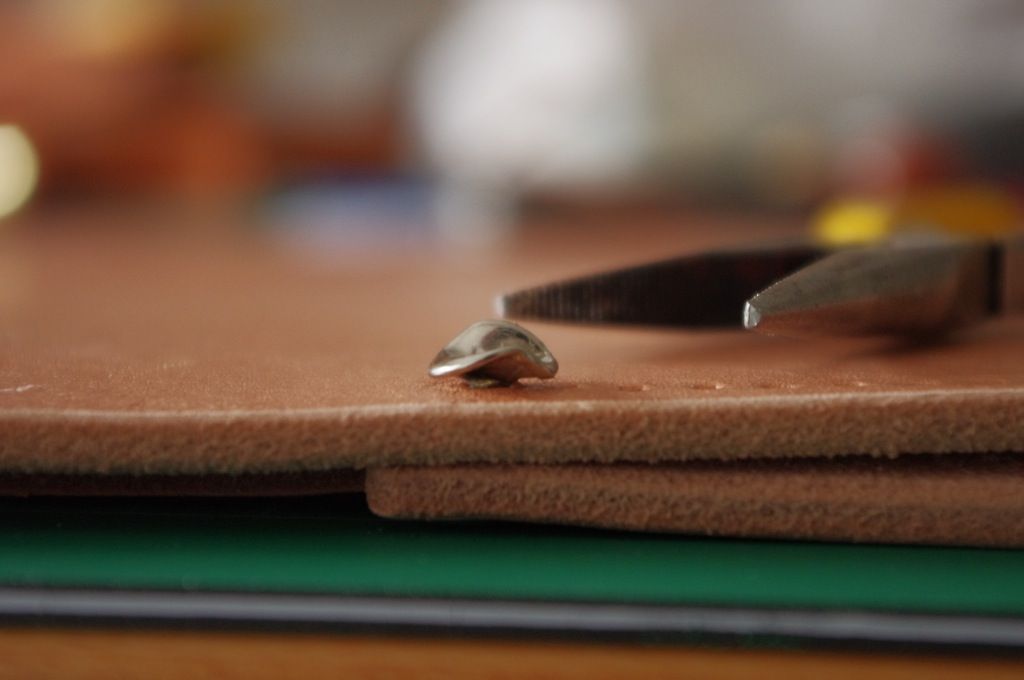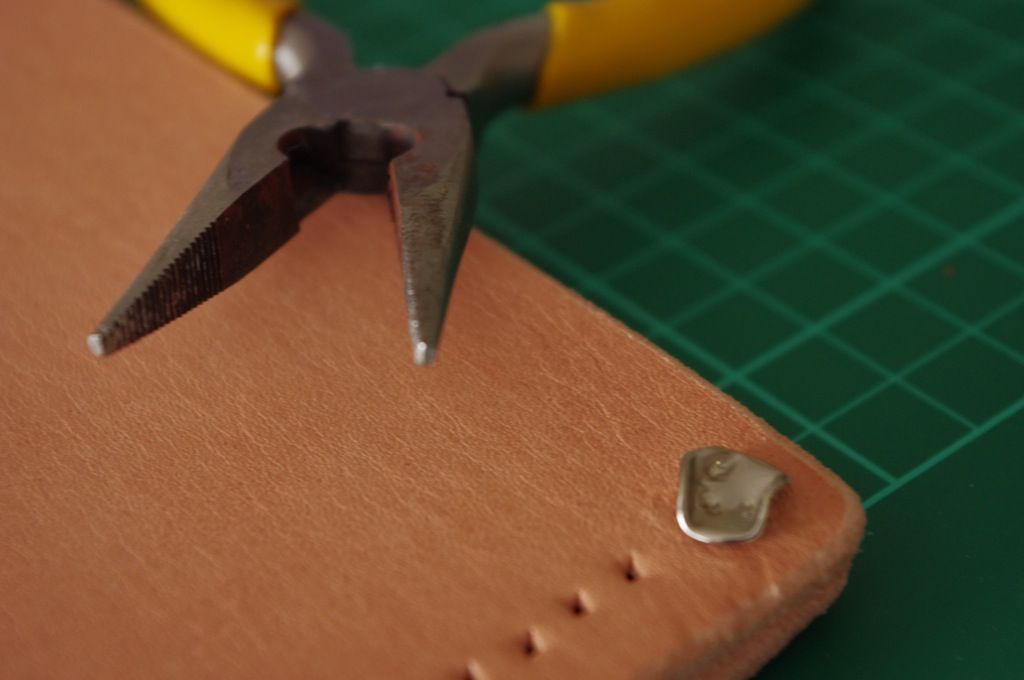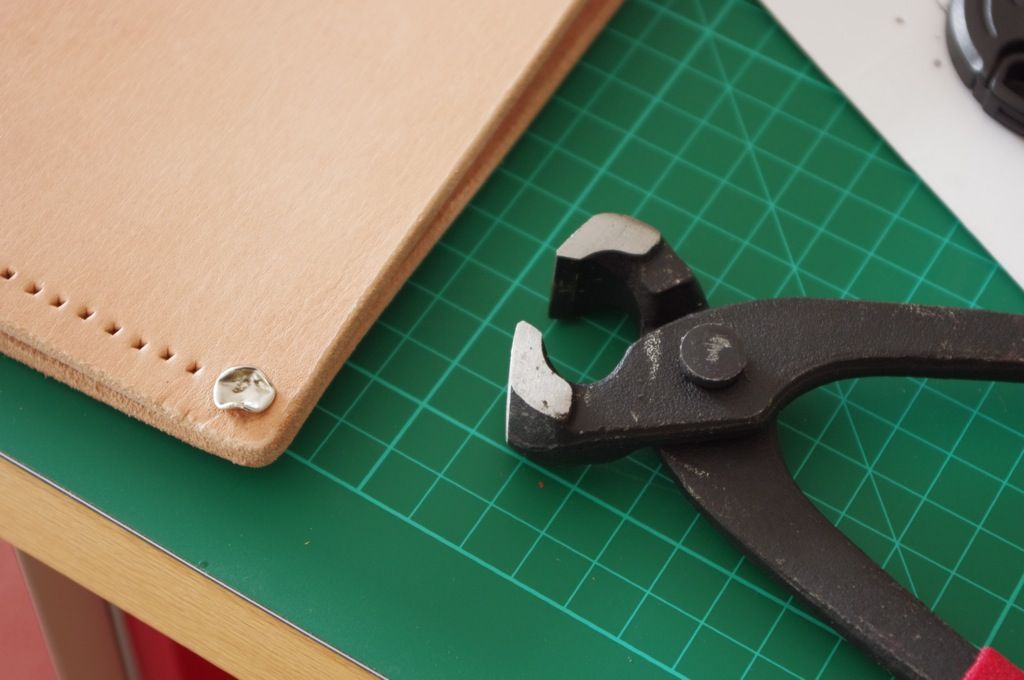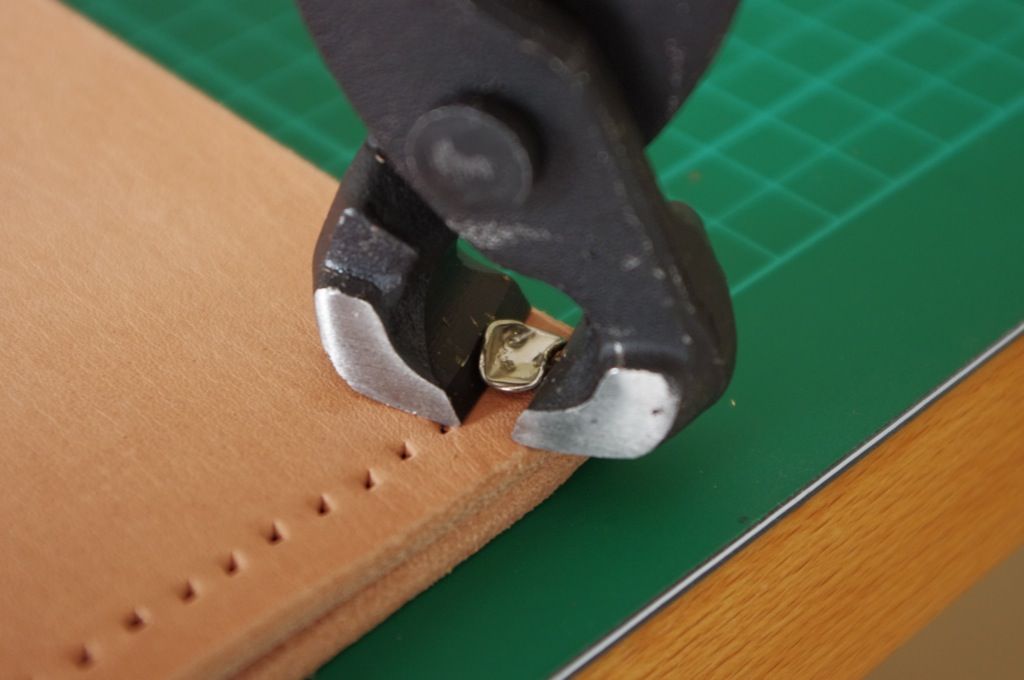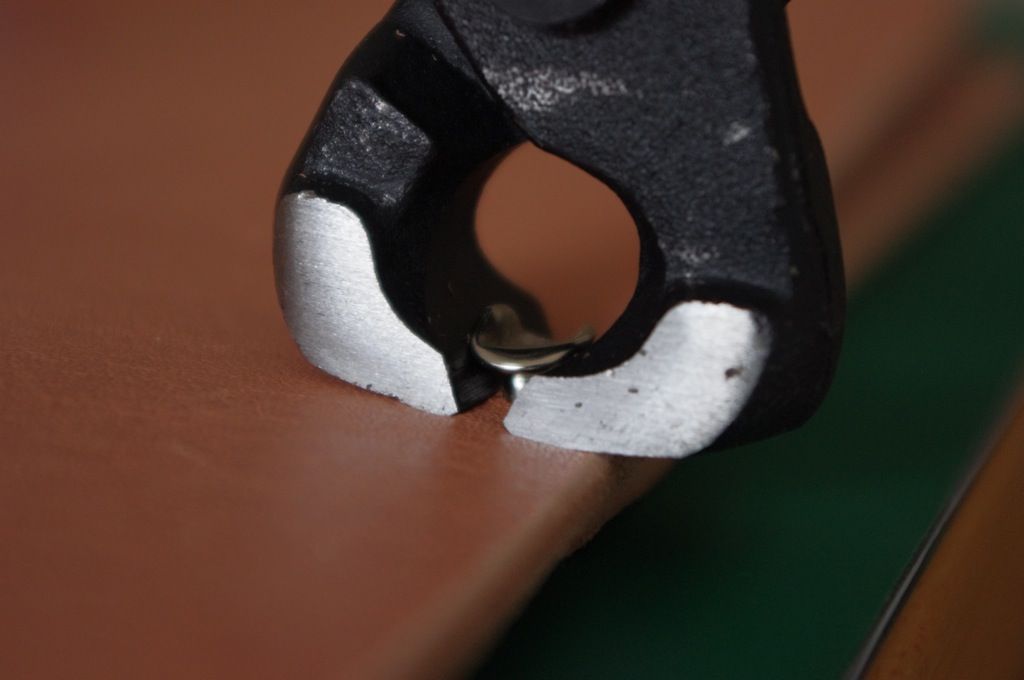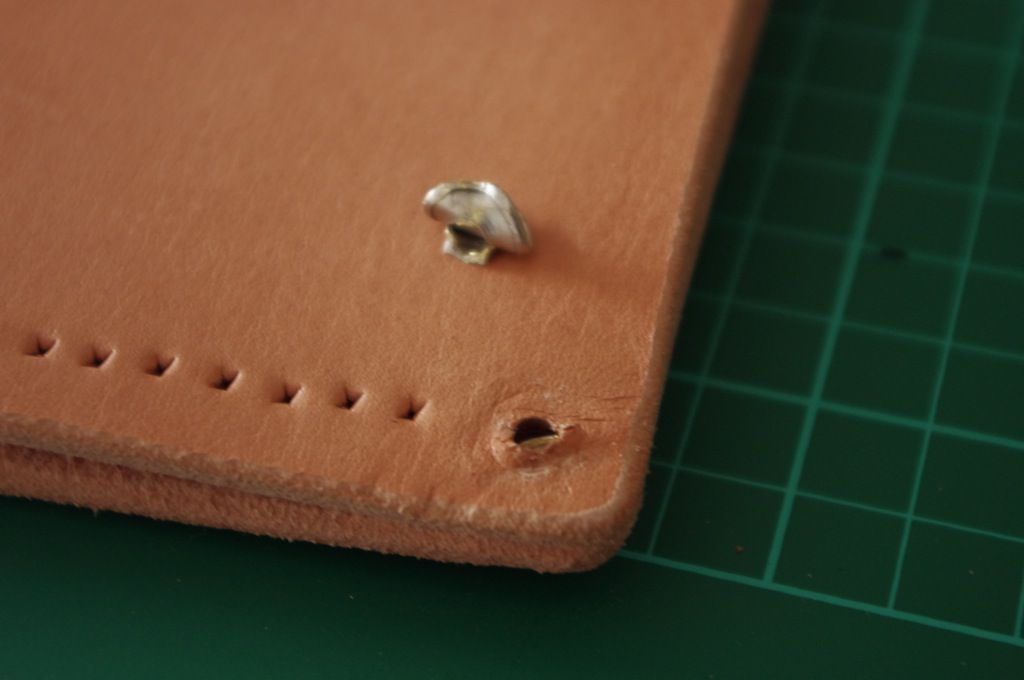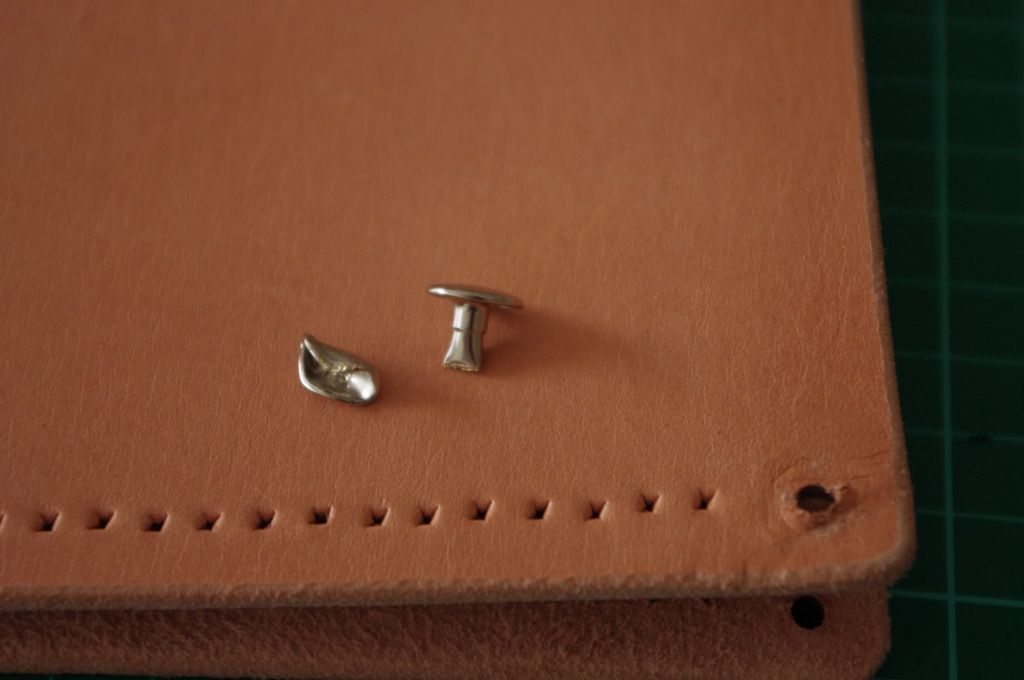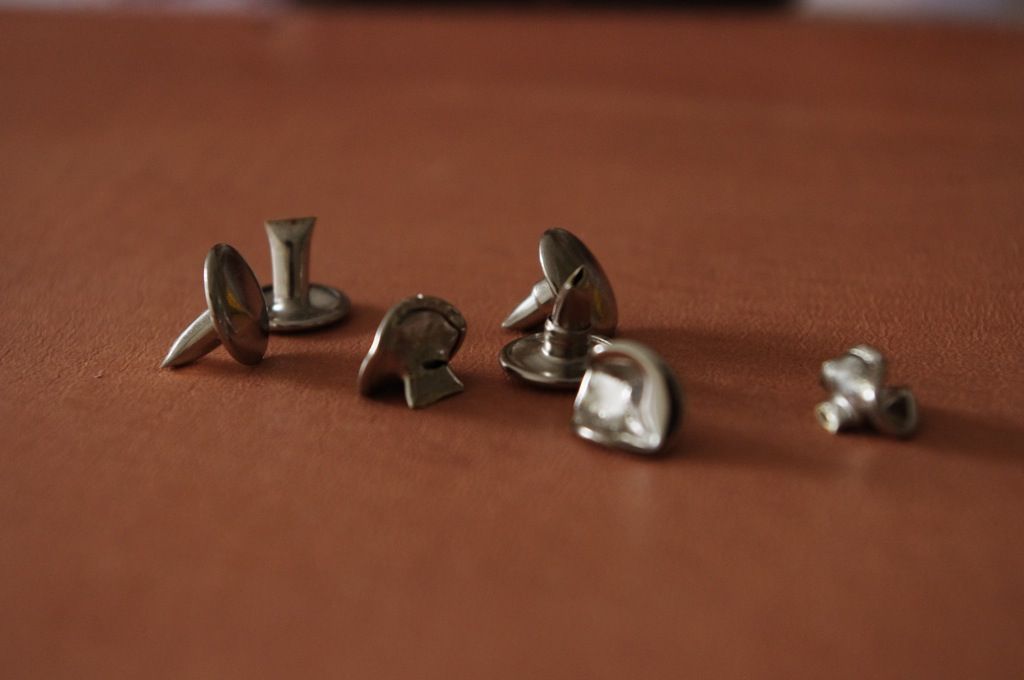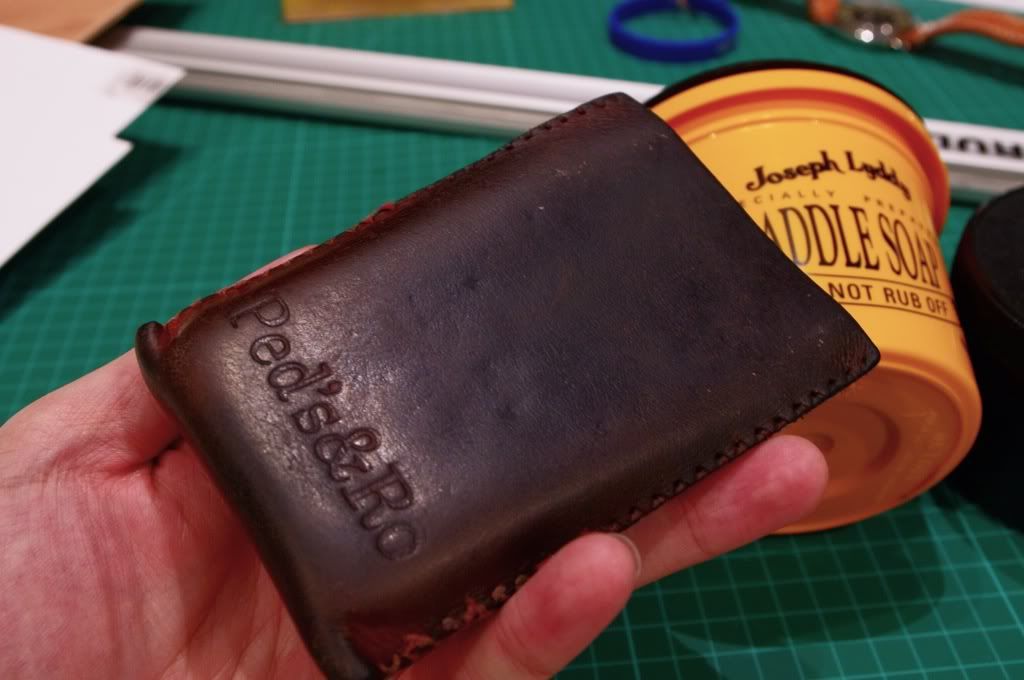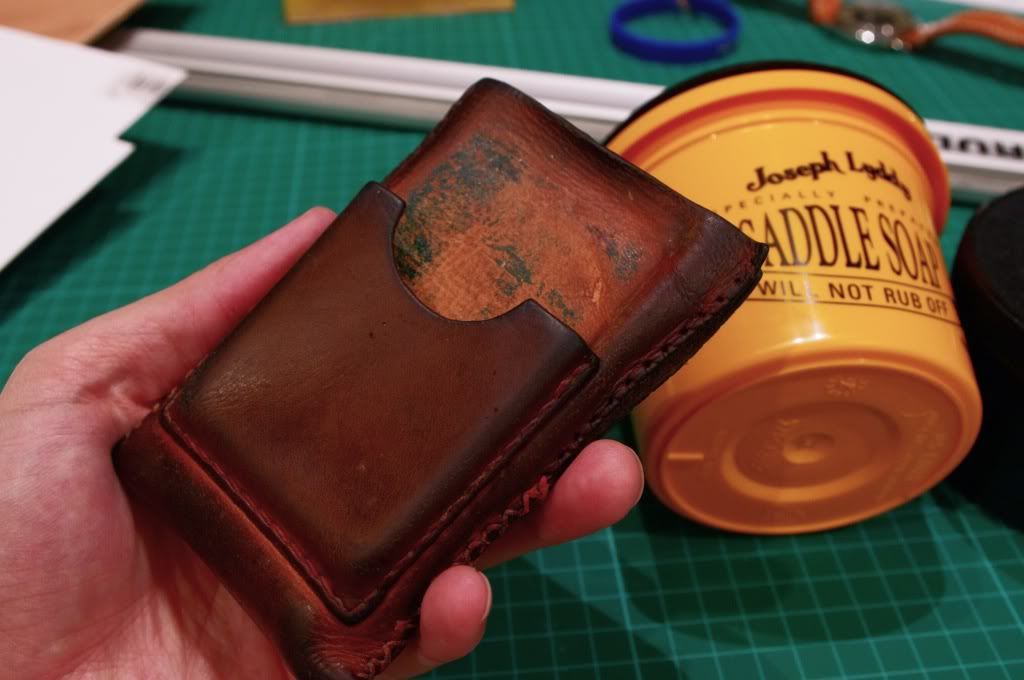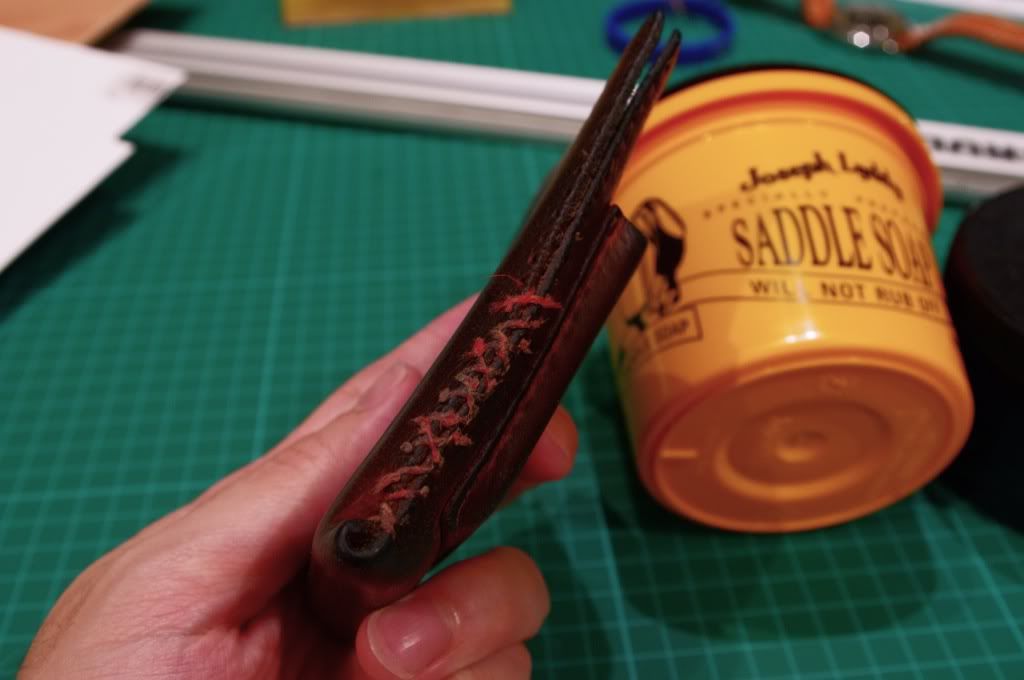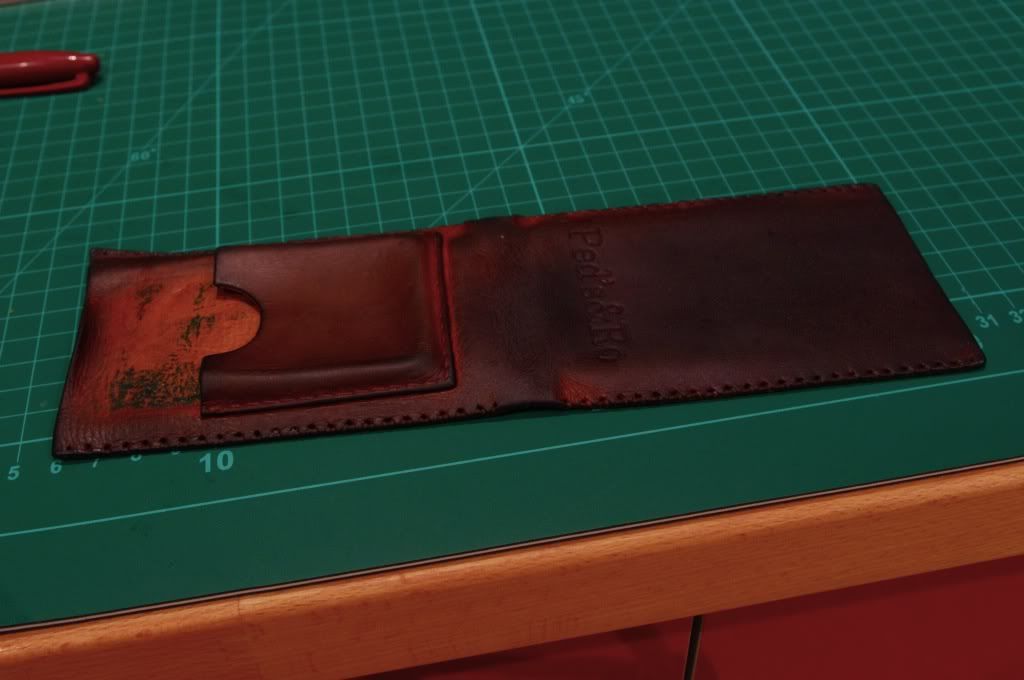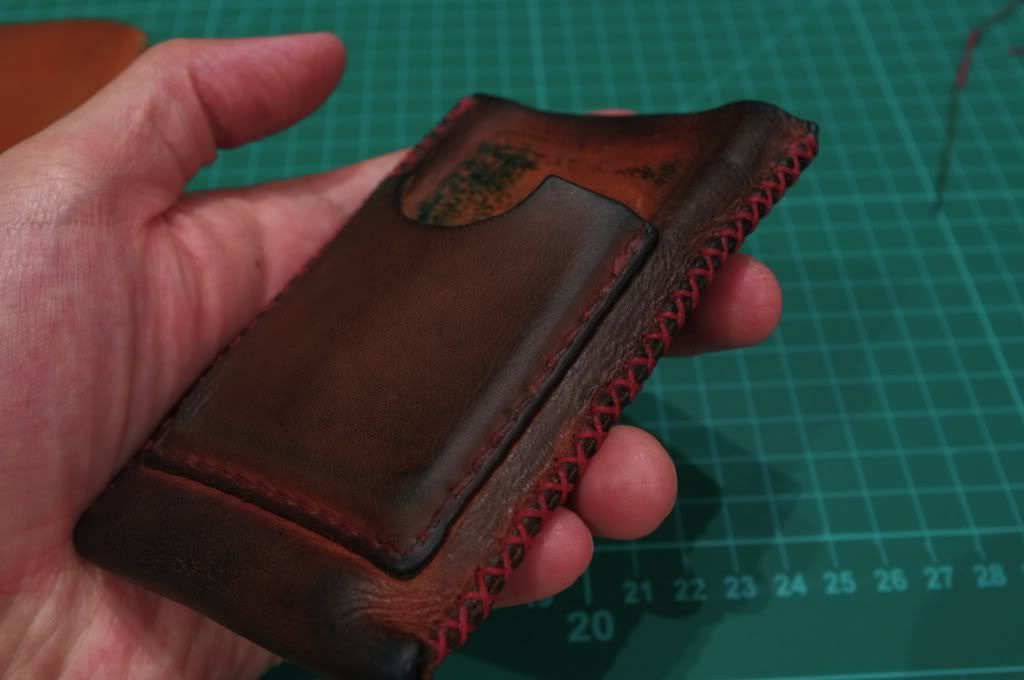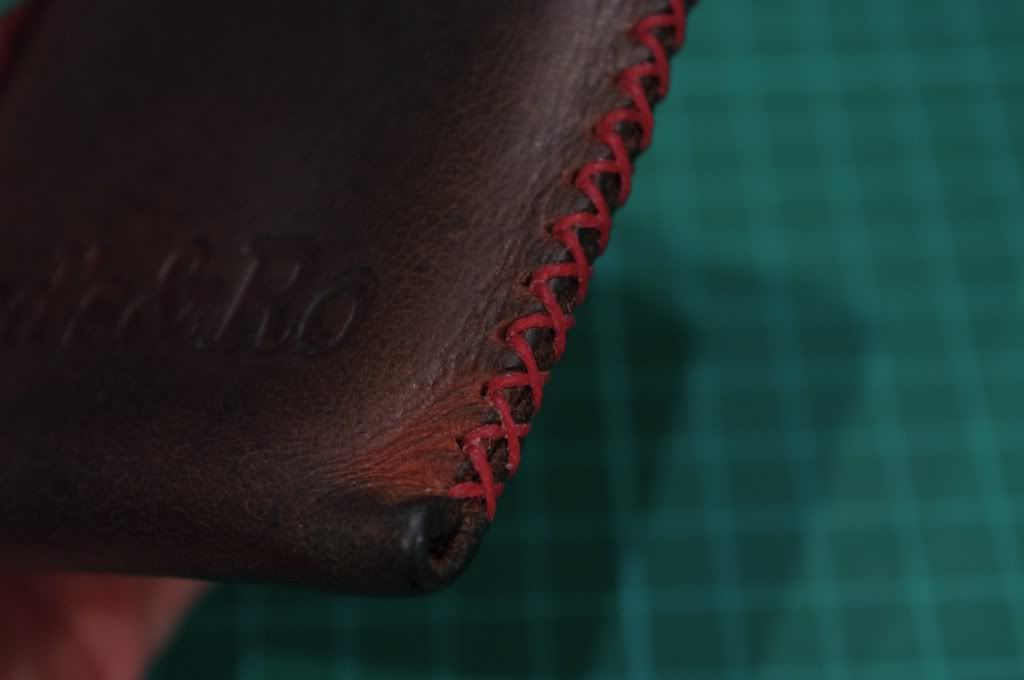I have always admired the way Scandinavian design and produce a product. Their minimalist approach is so refreshing yet functional. It speaks high quality in many ways.
Vegetable-tanned hides coming from Scandinavian tannery is no different. They are regarded as one of the best leather you can get your hands on, partly due to the colder climate (less insect and parasites).
This was confirmed during my visit to Sweden few years back, I discovered one of such tannery. I went to a major department store (PUB) that stocks their own line of bag. I must say, the leather is nothing like I have ever seen, exceptionally smooth, distinct grain growth, super clean and smell really good too.
This tannery is none other than
Tarnsjo Garveri.
On another note, their in-store concept is very unique as well. Client is able to view the leather, hardware and even see their product being made. Something that I would definitely entertain in the future.
I have since sent them a request to send me some sample with a view to purchase hides. I do realise though that procuring hides from them this way is going to be an expensive excersize due to the shipping cost.
Fast forward few years, I received a flyer on the mail from one of the biggest leather supply in the world. On the front page it was selling a Premium European leather. The description on the website mentioned Scandinavian hides, I was sold at this stage. This could be my ticket to Scandinavian leather at a reasonable price. I ordered two hides to see how this compare to the Tarnsjo leather. They quite different in character, Tarnsjo has more pronounced grain and different smell, whereas the Tandy one is very very smooth and soft (you can definitely see the grain growth). Pliability is almost the same (exceptional for hide this thick). They even share similar smell, with Tarnsjo being more neutral. I classify both leather in the same class, PREMIUM. I couldn't tell if the leathers come from the same tannery, but I'm not complaining.
How does the leather compare to the locally sourced one? The one that is tanned locally has different characteristic. They reflect Australian outback a lot, rough, rugged and honest. It's a lot stiffer which in turns harder to tool but is less delicate. I wouldn't put them in the same class as the one from European tannery one since there's a lot of inconsistency in quality of the hides (first ordered hide is really good, plenty of smooth, blemish free area. Second and third hide is average). Also, the European one is 'Bend' cut which is back and butt area (the best part), this is all you need for making a project, even-though you get less for your money. Whereas locally source one is a side cut.
I will still keep my option open and always looking out for the next best leather. This alone is a very exciting journey. I've tried taking some photo but this does not capture the beauty of the leather, hopefully word alone is enough to describe it.



